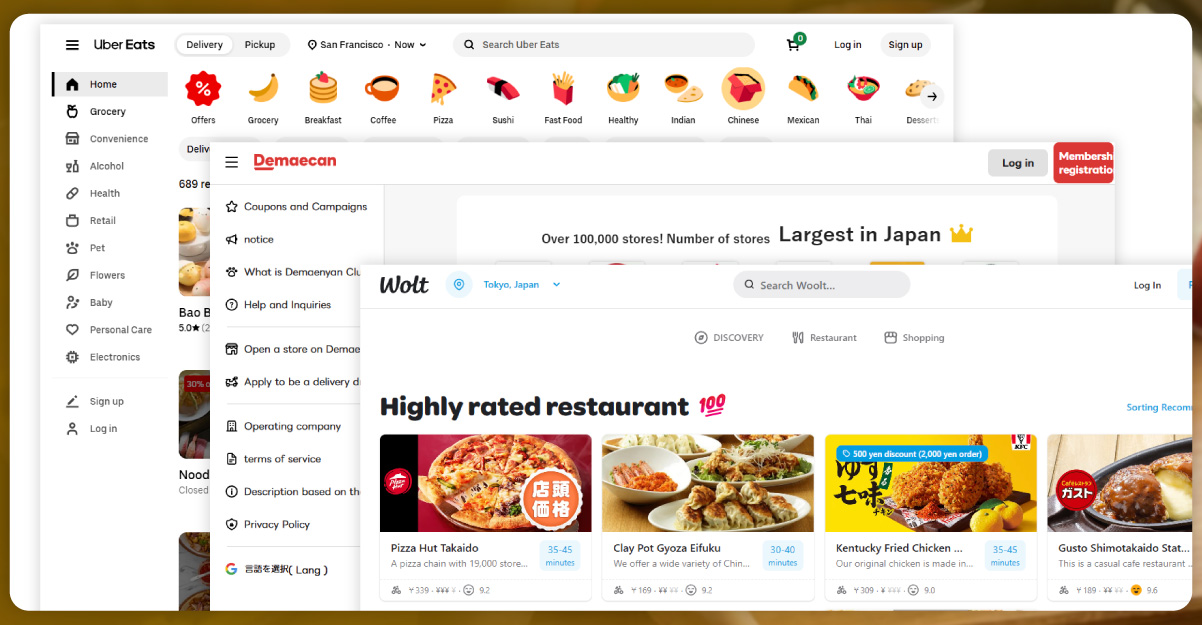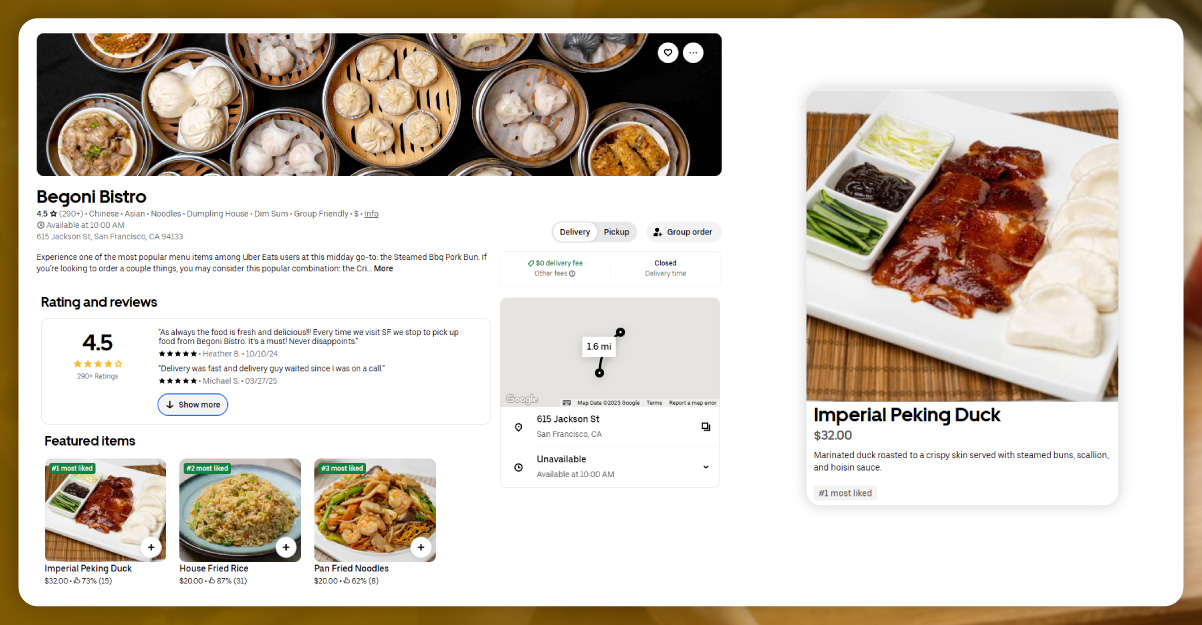
Try your luck — spin the wheel and unlock up to 30% OFF or exclusive freebies!

The Japanese food industry has always been a fascinating mix of tradition and innovation. From sushi counters in Tokyo to izakayas in Osaka, the culinary landscape of Japan constantly evolves. To keep pace with these shifts, businesses increasingly rely on Japan restaurant Food Trend data Scraping to understand consumer preferences, emerging dishes, and restaurant performance metrics. This approach allows restaurateurs, food tech startups, and market analysts to make data-driven decisions, helping them stay ahead in a highly competitive market.
The rise of online food delivery platforms, social media-driven food trends, and the integration of AI in culinary experiences has created a wealth of data. Leveraging a Japan food trends data extractor enables companies to efficiently gather insights from menus, customer reviews, ordering patterns, and more. The collected data serves as a foundation for predictive analytics, trend forecasting, and operational optimization.
Moreover, the integration of method to Scrape AI food trend analysis Data allows businesses to monitor both macro and micro trends. For example, the popularity of plant-based dishes or regional specialties can be tracked across multiple cities in Japan. This ensures timely adaptation to consumer demands and enhances menu planning strategies, particularly for chains aiming to expand their offerings.

The Japanese food market is unique. With its diverse culinary culture and high consumer expectations, gaining actionable insights requires systematic data collection. Food industry data Scraping of Japan facilitates monitoring of key performance indicators, including:
Analyzing such data helps businesses not only understand existing trends but also anticipate future shifts. The insights derived from Japan's restaurant Data insights are invaluable for market positioning, inventory management, and marketing campaigns.

Consumer preferences in Japan are influenced by regional specialties, health trends, and global culinary influences. By using Japanese consumer food behavior data collection, companies can identify what drives customer choices, such as dietary habits, ingredient preferences, and ordering frequency. This is particularly important for international brands entering the Japanese market, as localized insights ensure better menu customization and marketing resonance.
One of the most effective methods to capture culinary trends is restaurant menu scraping Japan. This involves automated extraction of menu items, prices, ingredients, and promotional offers from restaurant websites and online food delivery platforms. For instance, scraping menus from high-traffic districts like Tokyo, Shibuya, and Osaka provides a snapshot of both mainstream and niche trends. Coupled with AI analytics, this data can reveal insights about emerging dishes and pricing dynamics.
The role of AI in the Japanese food sector is rapidly expanding. AI in food industry insights Japan allows companies to analyze vast datasets and extract meaningful patterns. Machine learning models can identify correlations between consumer demographics and dish preferences, predict seasonal menu success, and even optimize ingredient sourcing. By combining AI with data scraping, businesses gain a comprehensive view of market dynamics, which is critical in a competitive environment.

With the proliferation of platforms like Uber Eats, Demae-can, and Wolt in Japan, Web Scraping food delivery data Japan has become an essential tool. It enables collection of delivery performance metrics, popular menu items, pricing patterns, and customer reviews. Such insights allow restaurants to refine operational strategies, improve customer satisfaction, and enhance digital marketing efforts.
Take your culinary insights to the next level—connect with us today for customized Japan restaurant data scraping solutions!
Tokyo, Shibuya, and Osaka are hotspots for culinary innovation. Tokyo restaurant menu scraping provides data on high-demand dishes, seasonal specialties, and trendy fusion cuisines. Similarly, Shibuya & Osaka restaurant data insights highlight regional preferences and street food trends. Analyzing these datasets helps restaurants align offerings with localized tastes and capitalize on emerging market niches.
Beyond menus and delivery data, monitoring ingredient popularity is key to forecasting culinary trends. Recipe + ingredient trend tracking from Japan enables food tech companies, nutritionists, and chefs to detect rising ingredients, dietary trends, and fusion cuisine experimentation. This intelligence supports product development, marketing strategies, and menu innovations tailored to contemporary consumer demands.

Integration of APIs from food delivery platforms simplifies food delivery API data Scraping. Accessing Food Delivery App Menu Datasets via APIs allows real-time monitoring of menu changes, dish availability, pricing updates, and promotional campaigns. This streamlines data collection and enhances decision-making processes for restaurant owners, analysts, and industry researchers.
In today’s data-driven culinary world, leveraging Food Delivery Data Extraction Services is no longer optional—it’s essential. By combining method to Extract AI Trends Data with advanced scraping techniques, restaurants, food tech companies, and market researchers can gain unparalleled insights into Japanese consumer behavior, menu trends, and delivery performance.
Our comprehensive data scraping solutions help businesses stay ahead of competition, optimize operations, and make informed strategic decisions in Japan’s dynamic food industry.
Experience top-notch web scraping service and mobile app scraping solutions with iWeb Data Scraping. Our skilled team excels in extracting various data sets, including retail store locations and beyond. Connect with us today to learn how our customized services can address your unique project needs, delivering the highest efficiency and dependability for all your data requirements.